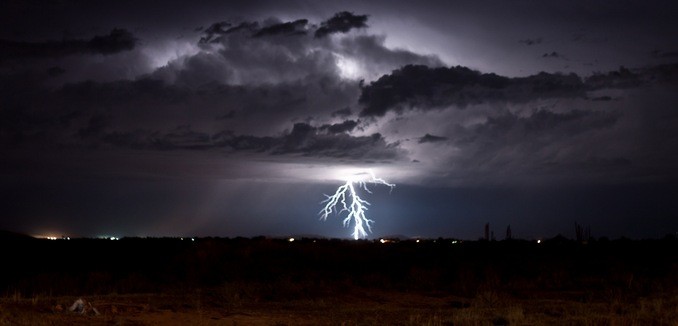New research by an Israeli researcher will likely be crucial to measuring the impact of climate change on thunderstorms. The varying frequency and intensity of thunderstorms have direct repercussions for the public, agriculture, and industry.
To draft a global thunderstorm map, Prof. Colin Price of Tel Aviv University’s Department of Geosciences and TAU graduate student Keren Mezuman used a vast global network of 70 weather stations capable of detecting radio waves produced by lightning — the main feature of a thunderstorm — from thousands of miles away. Prof. Price, whose new map of thunderstorms around the world is the first of its kind, said, “We want to use our algorithm to determine how climate change will affect the frequency and intensity of thunderstorms. According to climate change predictions, every one percent rise in global temperature will lead to a 10 percent increase in thunderstorm activity. This means that we could see 25 percent more lightning by the end of the century.”
Prof. Price and his team registered the exact GPS time of every detected lightning pulse every hour. The researchers grouped the detected flashes into clusters of thunderstorm cells. “When we clustered the lighting strikes into storm cells, we found that there were around 1,000 thunderstorms active at any time somewhere on the globe,” said Prof. Price. “How lightning will be distributed in storms, and how the number and intensity of storms will change in the future, are questions we are working on answering.”




